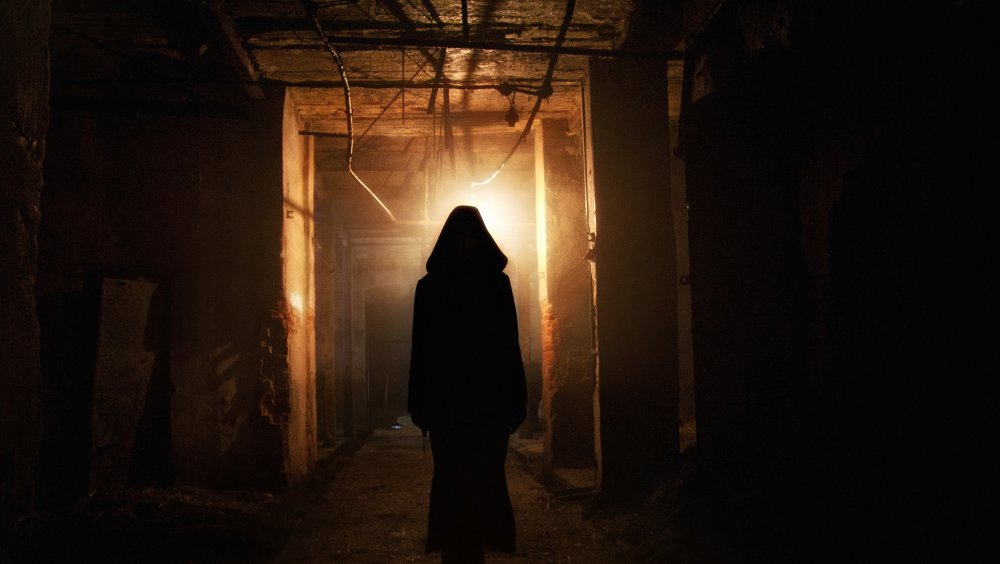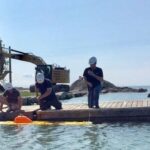
Scientists Investigate Lake Ontario When Submarine Spots Mysterious Object
It may be hard to fathom, but the more significant part of the planet has yet to be explored by humans. Nearly 70 percent of the Earth’s surface is covered by water, and so little is known of these mysterious depths.

Dozens of legends and myths have been created, and even curious explorers have ventured further than most of us, but we’re still nowhere closer to the truth. But we’re surely not stepping back!
Our Planet Of Mystery
It is known that more than half of the planet we inhabit remains unexplored. Scientists speculate that precisely 65% of our world has yet to be researched and examined, meaning the vast majority of Earth’s water secrets are yet to be revealed. Although it’s possible, it’s also challenging and time-consuming.

However, as humans, it’s in our nature to be drawn towards these types of challenges. We are keen to explore and are ready to dive in as soon as possible! And what better time than the present?
How Things Started
Back in August of 2017, a group of researchers chose to go on an expedition in Canada after learning there had been sightings of a unique piece of history sitting at the bottom of Lake Ontario. If brought on land, it would certainly spark the interest of people around the globe.

They knew it would be hard to find and even harder to recover successfully, yet they knew if they could pull it off, the results would be remarkable. They called the mission, “Raise The Arrow.”
Who Is at the Wheel?
Behind this wonderful cause was a team working for OEX Recovery Group Incorporated, which is financially supported by a group of Canadian mining companies and financial institutions. Together their goal is to retrieve long lost and nearly forgotten objects from the bottom of Ontario Lake.
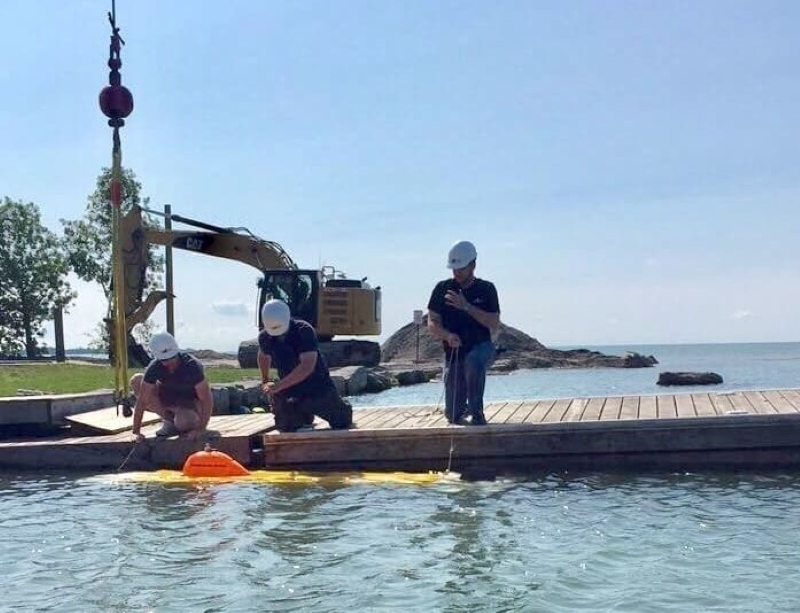
As soon as the news of these sightings reached the OEX, they immediately sent their best team to explore the waters. Little did they know they were in for a big surprise!
Underwater Treasures
There had been rumors for years that the bottom of the lake was home to a prosperous empire of unique and invaluable items hidden at its depths. Since an object’s value decreases as it erodes, they knew each passing moment could lead to less money in their pockets. They needed to get down into the depths of the lake as soon as possible.

The main objective of the mission “Raise The Arrow” was to discover these underwater treatures and give them a new life. That being said, OEX was eager to fund and provide the resources needed to get this mission started!
Taking A Chance
Not all underwater missions are overly complicated, but this time, it was. While there was a chance of finding treasures while exploring the lake’s bed, there was also a chance that they’d turn up empty-handed. Objects could be buried, hidden, or not even be there. After years of sitting on the bottom of a lake – what condition would they be in?

Missions like these have a tendency to be very expensive. Even though they were receiving funding from the OEX, the pressure was certainly on! Everyone involved waited in anticipation to see what the team discovered.
Diving Into The Deep Blue
As they started the mission, Ontario Lake was calm and quiet, practically clear to its bottom. It was almost as if the universe was on their side, giving them the perfect conditions to dive into the unknown.

As the boat floated, the team could notice rare silverfish below the water’s surface, as if contributing to the peaceful idyll before a massive storm. The lake seemingly froze as the team’s boat glided towards the unexplored.
Remaining Silent
As the mission was to search for an incredibly valuable and unique treasure, they made sure not to advertise what it was they were after. They didn’t want to attract too much attention or get Canada’s hopes up in case it all turned out to be a rumor. They didn’t even let the team on the mission in on what they were looking for!

All this secrecy added a bit of mystery to the mission, getting the team beyond excited to get started. While they knew that they were on the lookout for something that could potentially have an enormous impact on the world, they couldn’t imagine what it was.
It Started Over 60 Years Ago
The locals reported the first sighting in 1950. They claimed to see an object on the bottom of Lake Ontario, yet it seemed to vanish as quickly as it had emerged. Since over a half a century has passed since the first sighting, the team on a mission had little to go on.
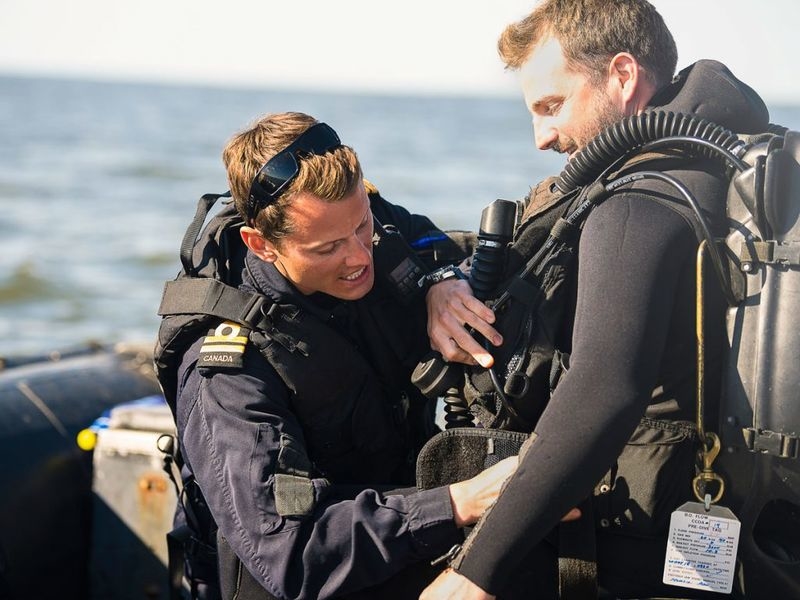
Very few details about the mystery object were revealed, and no one seemed to remember the location or size of the item. What the lake possibly have kept a secret for over half a century?
Gone in a Flash
Although the witness claimed what they saw was gone in a flash, what they were left with was an image that haunted them for years to come. The sighting happened so quickly that the locals couldn’t recognize what the object was.
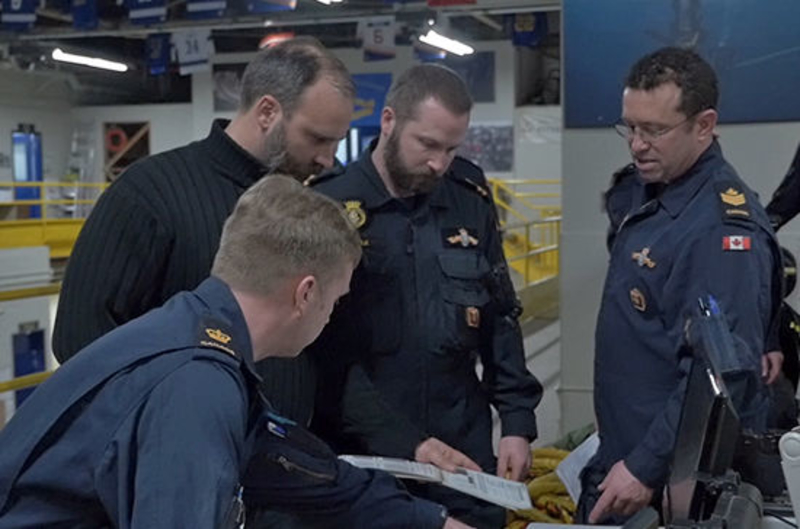
It was a strange yet exciting moment for everyone involved, keeping the mystery alive for decades. Locals waited on the edge of their seats for the mission to get started.
Interviewing The Locals
When the mission was confirmed, the “Raise The Arrow” team took on the task of interviewing the locals to help them discover what was genuinely hidden at the bottom of Lake Ontario. Those who had made the sightings were happy to describe the scene and offer as much help as they could.
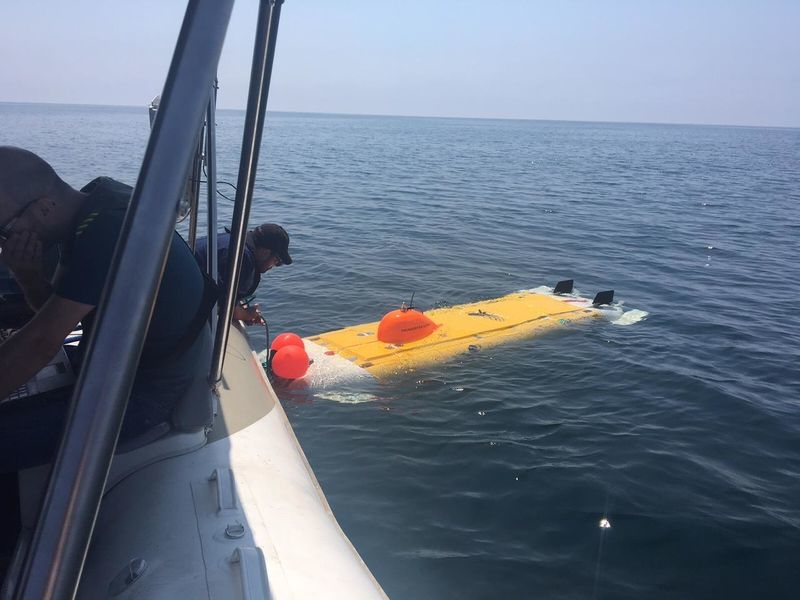
Their curiosity was finally going to be satisfied, and they couldn’t wait to see what the team discovered. Unfortunately, the locals had difficulties describing the alien-like object, and all they could say for sure was that it caught them completely off guard.
The Starting Point
While witnesses weren’t able to describe the hidden treasure, they were able to point the mission team in the right direction. They showed them an area that was about a mile out from the shore giving the “Raise The Arrow” team an idea of where to start looking.
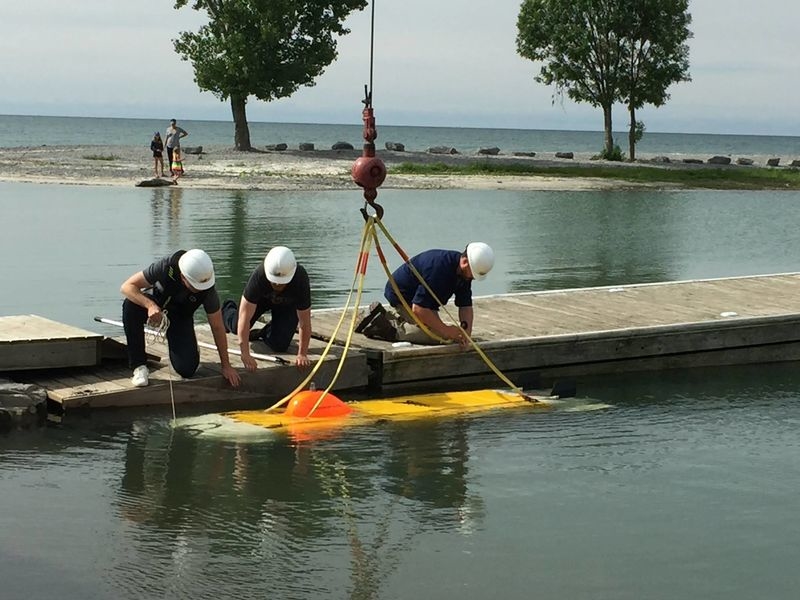
With the general location named, the exploration team was almost ready to get started. With funding and their equipment in place, the team was eager to start their big adventure. An adventure that might result in the expansion of human knowledge!
Point Petre
It was finally time to dive into the unknown. The team decided Point Petre would be the best spot to start. It’s a peninsula on the northeastern shores of Lake Ontario in Prince Edward County, a province in Ontario, Canada.
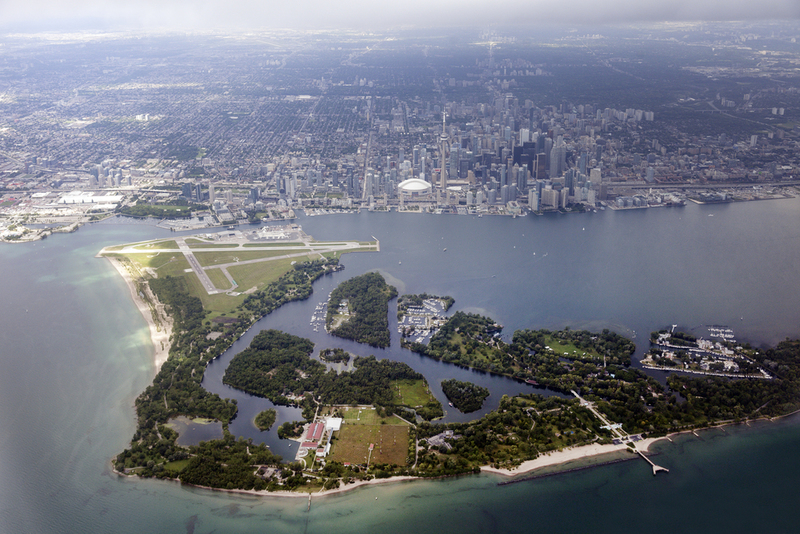
As a wildlife conservation, the area is quite secluded. It’s a popular tourist attraction known for its pebble beaches, beautiful limestone formations, and hidden rock cliffs.
Treasure or Tall Tale?
So many lakes around the world posses a mystical air that leads to the creation of myths and legends. The Loch Ness monster, for example, has been haunting the highlands of Scotland for centuries.
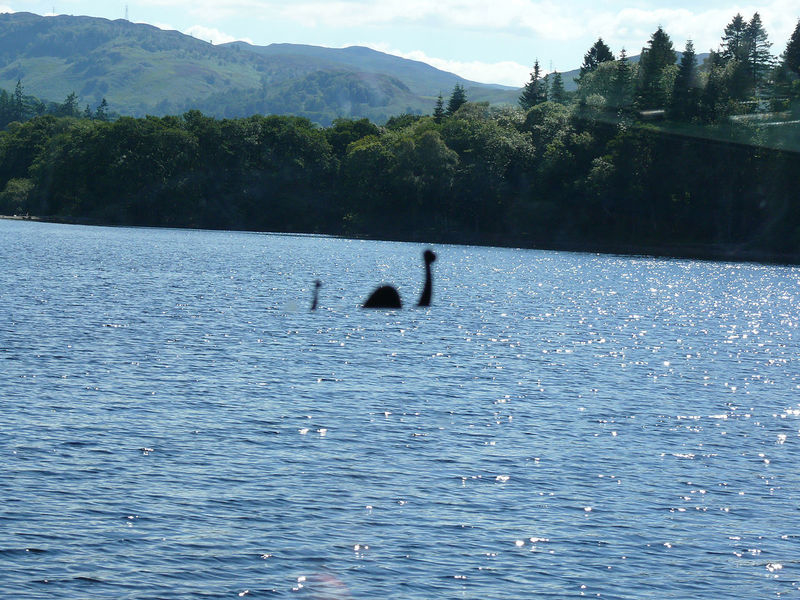
Many are convinced that the creature inhabits the deepest waters of Loch Ness, also known as Lake Ness. Affectionately called Nessie by locals, many believe the monster exists and claim to have seen it. However, scientists and researchers have declared it a myth. So, have the locals in Ontario found treasure or just created the next tall tale?
Aliens in Ontario
If this treasure sighting turned out to be a myth, it wouldn’t be the first time the people of Ontario had started a wild rumor. There was a story circulating in 2013 that claimed alien-like creatures lived under the lake’s surface.
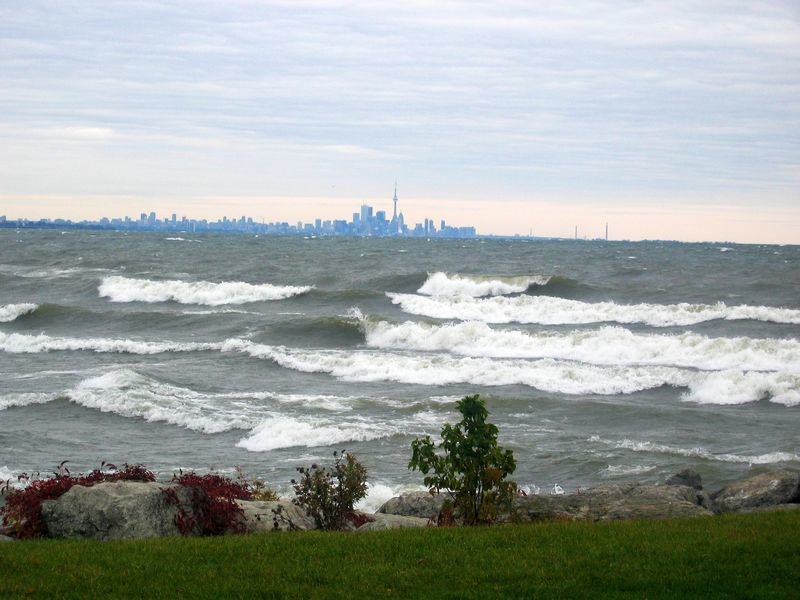
Were these aliens to blame for the sighting and fast disappearance of this strange object? The exploration team didn’t think so.
The Great Lakes of North America
As one of the five Great Lakes of North America, Lake Ontario has shores in Canada as well as the United States. Although it’s the smallest of the Great Lakes, it’s still the 13th largest in the world. Lake Ontario also has the shallowest point of all the Great Lakes at 243 feet above sea level.
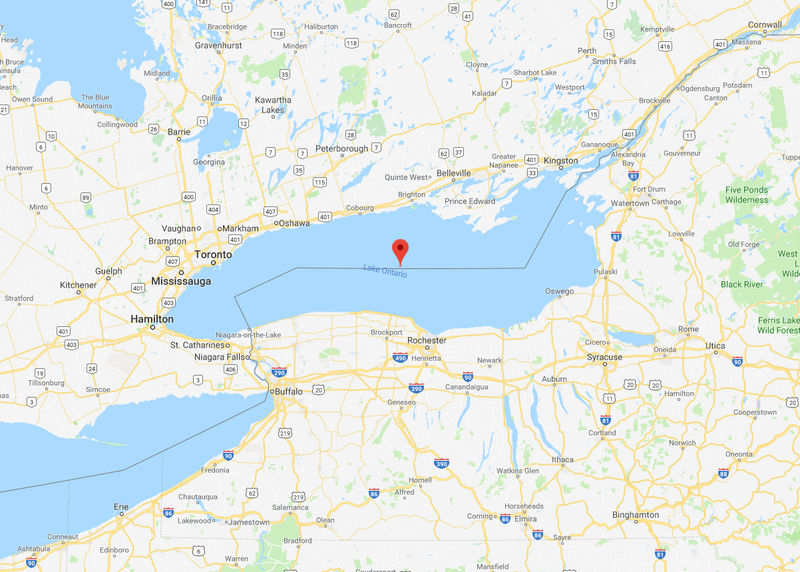
Its name comes from the Native American tribe, the Hurons. Their ancestral lands were located in southern Ontario before moving to what is now Michigan, Ohio, Kansas, and Oklahoma. In the Huron language, Lake Ontario translates to “Lake Of Shining Waters.”
The Creation Story
Lake Ontario formed during the last Ice Age, shaped by the Wisconsin ice sheet. It was considered a bay on the Atlantic Ocean for some time until it expanded to what it is today. You can even see sandbanks in some areas up to 25 miles from the beach, indicating where the original shorelines were over 1,000 years ago.
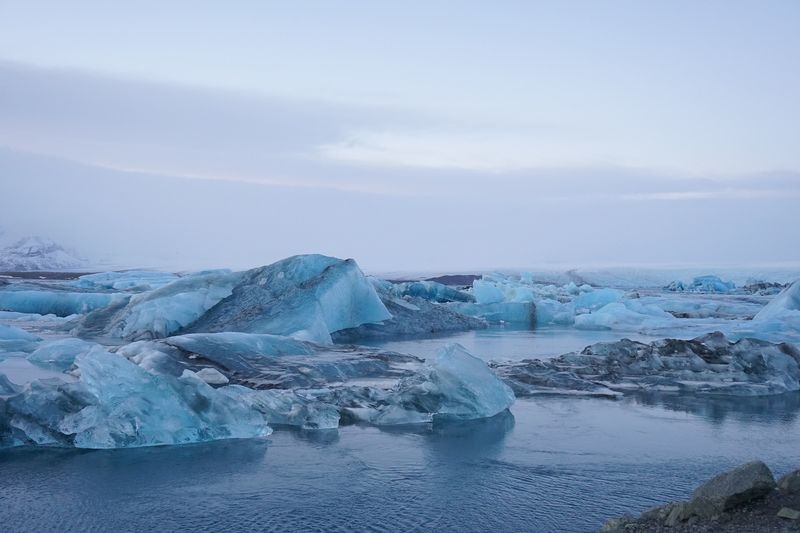
The lake continues to expand to this day, as climate change has caused glaciers to melt. This leads to higher water levels and rippling effects that erode the shores over time.
Miles of Beach
Few people know that Lake Ontario is surrounded by 634 miles of shoreline. An additional 78 miles make up the shores that can be found on the lake’s many islands. Due to its depth, which is an average of 283 feet and 802 feet at its deepest, the lake remains unfrozen throughout the winter.
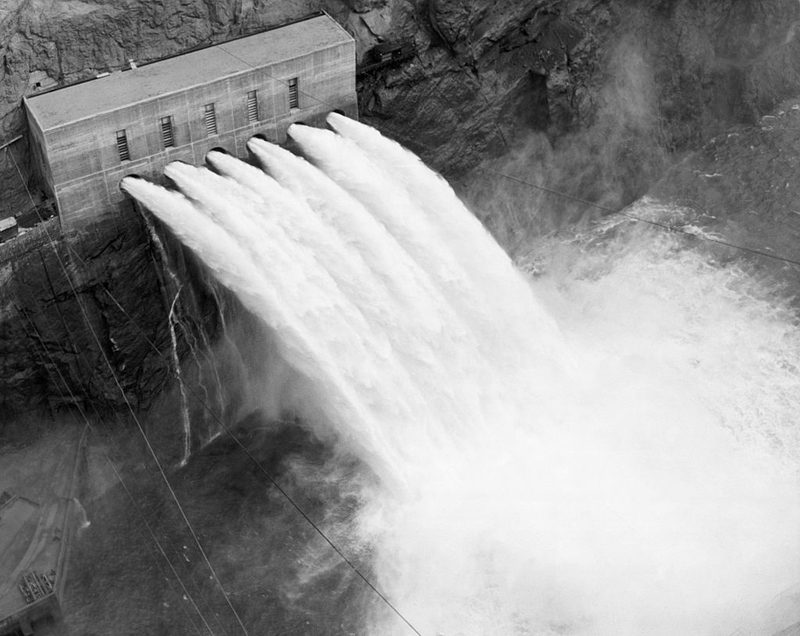
Lake Ontario is most known for connecting to the Niagara River, home of the infamous Niagra Falls. Nine other rivers flow into this Great Lake, including the Don River, Cataraqui River, Genesee River, Oswego River, Trent River, Black River, Humber River, Little Salmon River, and the Salmon River.
Nearby Cities
The shores of Lake Ontario border several big cities, as it divides two countries. Most notably, Toronto is on the Canadian side of the lake, and Rochester is on the United States side. Most of the borders are made up of wetlands, making it the ideal environment for a wide variety of animals and plants to live and prosper.
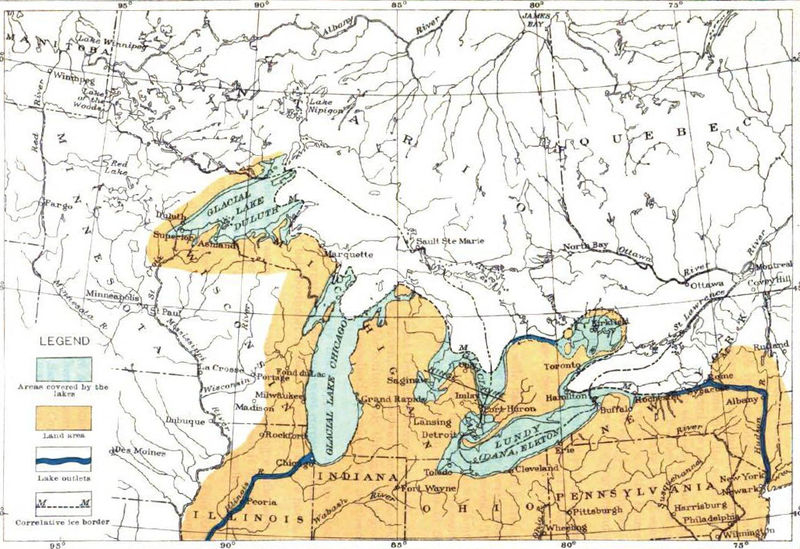
Unfortunately, deforestation and pollution have been detrimental to the population of many of these species. For this reason, the area surrounding Lake Ontario is now protected.
Introducing the Thunderfish
Lake Ontario’s banks are thousands of years old, containing 400 cubic miles of unexplored waters. While this mission was thought to be valuable, it couldn’t possibly be done without a bit of help.
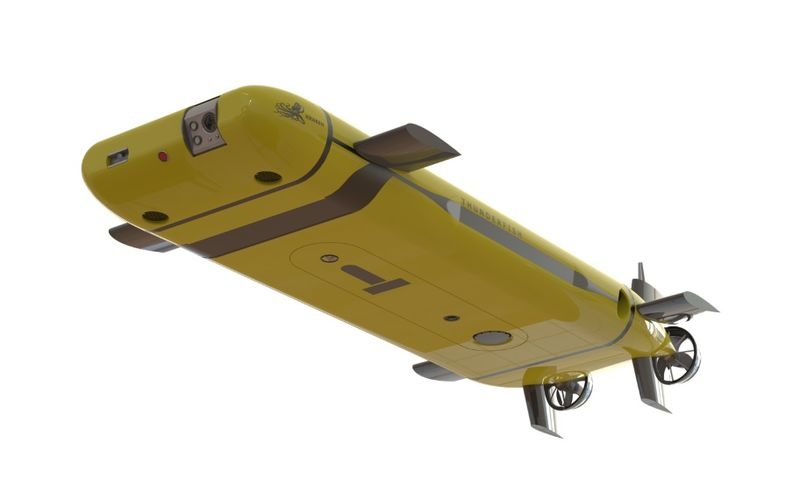
Introducing the ThunderFish! A small and truly adorable yellow submarine replica, the ThunderFish is similar to a drone. Unlike a drone, however, this technological masterpiece functions underwater. It also has a sonar-powered camera that can take high-resolution images of its surroundings.
Guided From Land
While the ThunderFish may look like someone could fit inside, it isn’t designed for a human to ride. This means the exploration team was left on land while navigating it around the lake bed. To the surprise of many, the underwater drone fulfilled its purpose!
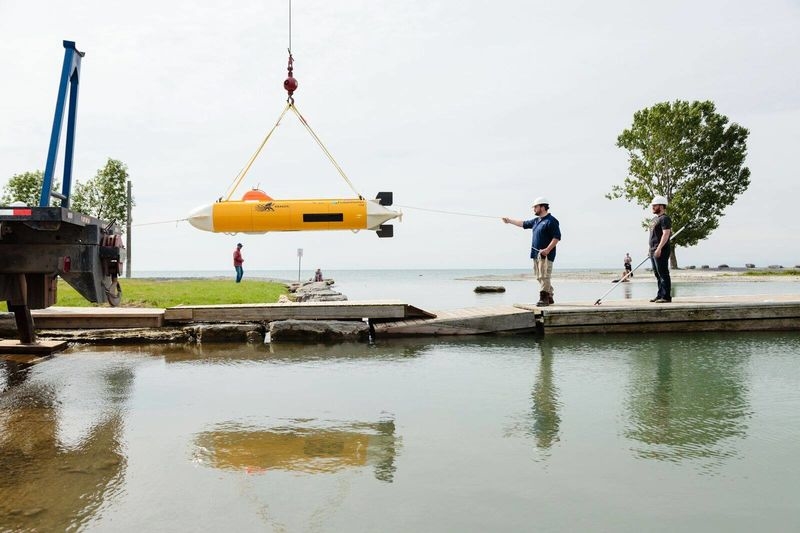
The ThunderFish sent many clear images to the team, but did it capture anything worth their time? It was time to learn if the rumors were true! The explorers may not have known what they were looking for, but it was pretty clear there was something down there. So what was in the photos?
The Results Are In
The team wasn’t able to determine what the pictures were showing them right away. They had to study them first, trying to make sense of the images. One thing was for sure, and they had stumbled upon something big!
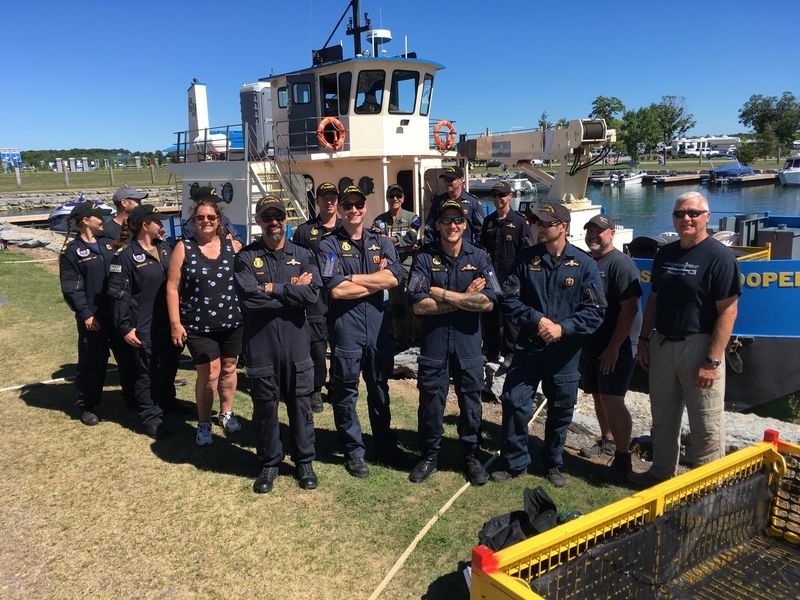
Seemingly all at once, the picture came together for them, and they knew what they had found. What was hidden fathoms below the lake’s surface? An aircraft! And it wasn’t any ordinary old airplane. This plane was special.
A Blast From the Past
Are you wondering how special an old and forgotten plane could be? Think back to the year 1946, just after World War II had ended. This aircraft could be found in an airplane hanger somewhere in Canada, all shiny and new.
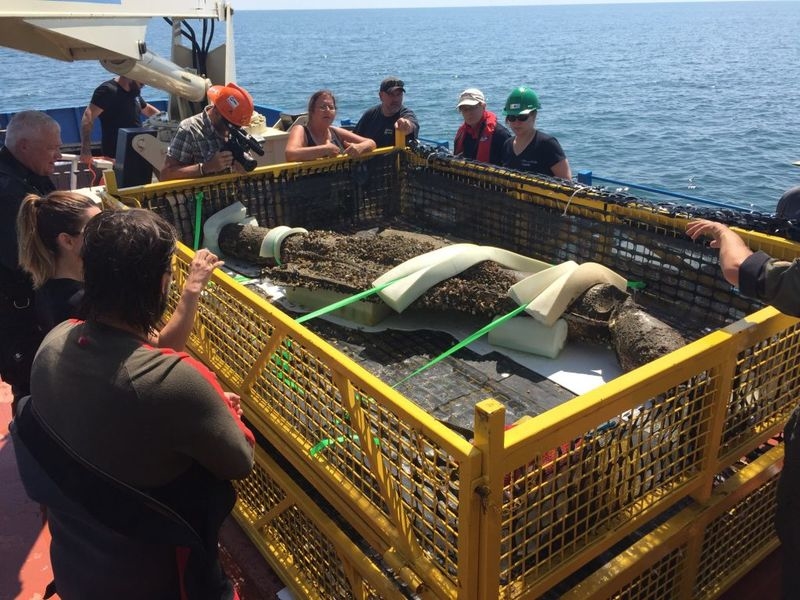
Although the war was over, tensions were still high, and another attack was a real possibility. With each side doing their best to get a leg up on the other, Canda was looking for their advantage. The Canadian government hoped it would come in the form of a one-of-a-kind jet fighter.
The Cold War
Their search continued into the Cold War, which started in 1947. Each side prepared for a big battle; however, it never happened. The war ended in 1991 without a single battle, hence the name, Cold War.
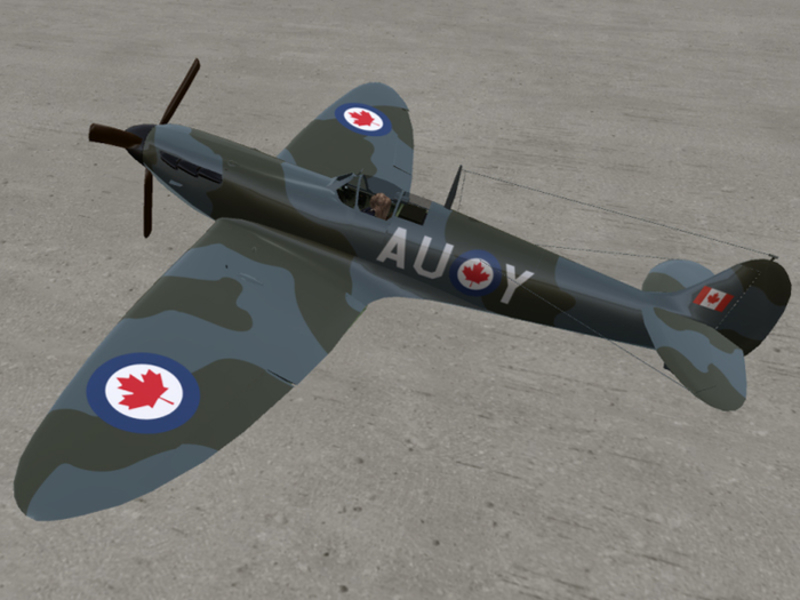
With the threat of an invasion hanging over the world for decades, leaders remained on edge. With democracy ruling the West and Communism ruling the East, third world countries did their best to stay neutral.
Nuclear Threats
With the emerging creation of atomic bombs, both sides of the Cold War could devastate the other. Even though they all knew that stooping to such a level result in irreversible mass destruction, they still used it as a threat.

During these times, many countries felt that the only way to remain safe and untouched by enemy fire was to possess superior weapons. For example, during this time, the USSR built an aircraft large enough to transport their weapons to the United States and Canada, flying over the Arctic. This made temporarily put them in the lead.
Introducing the Clunk
After Canadian leaders caught wind of the Soviet Union’s new aircraft, they immediately got to work. They launched the A. V. Roe Canada Limited, a company that is now known as Avro Canada. They employed a group of engineers that were committed to coming up with something even better, something that would top the Soviets.
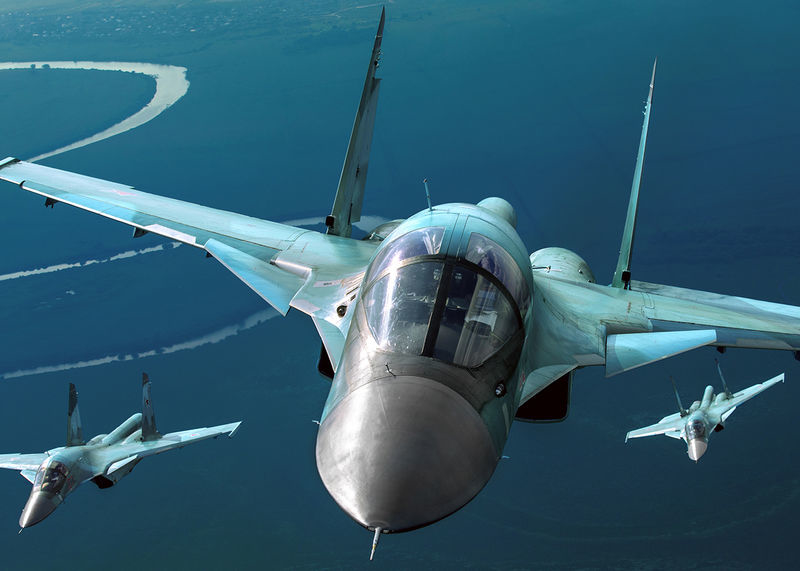
What they came up with was better than the Canadian leaders could have ever hoped for. In the 1950s, they built the Avro CF-100 Canuck, a fighter jet-like no other. It was nicknamed the Clunk, but don’t let that fool you into thinking it was a piece of junk. The new aircrafts remained active in the Canadian military until the 1980s.
The Soviets Pull Ahead
As the Canadians were working on the Clunk, the Soviets also had something new in the works. In 1952 the Royal Canadian Air Force received new intelligence that the Soviets were yet again one step ahead.
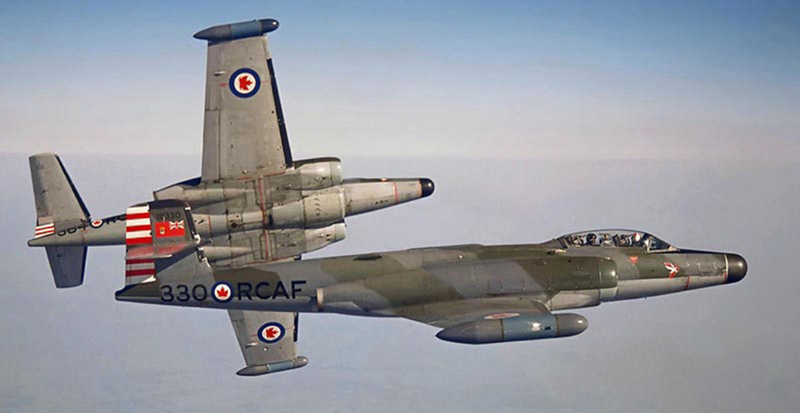
As it turned out, they were working on another aircraft, one that was rumored to be a highly destructive beast that could wipe the Canadians off the map in a matter of seconds. While the threat was real, the Soviets would need another seven years to get it ready. Canada still had some time to catch up, and they used it wisely.
New and Improved
The Avro CF-100 Canuck was ready for its very first launch flight in 1950. While some cheered the fighter jet’s first flight, others were watching the aircraft for ways it could be improved. What resulted from their analysis was the creation of an airplane like no other!
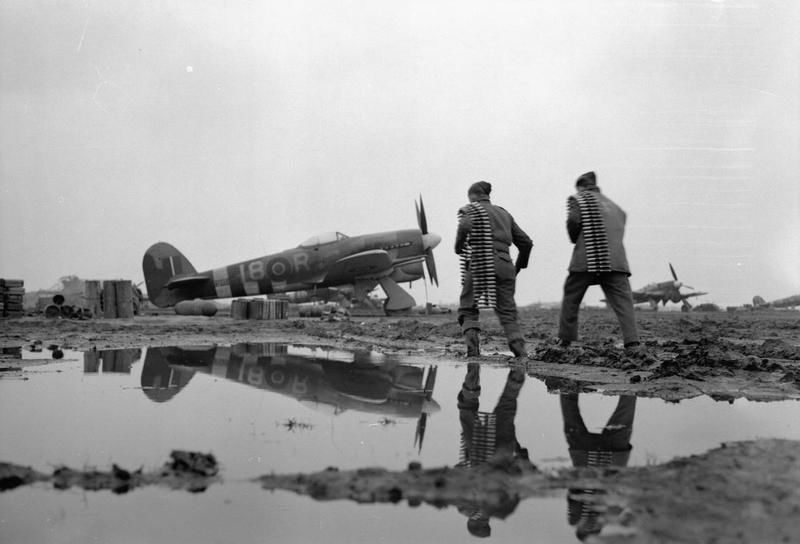
The Royal Canadian Air Force quickly put together a report detailing how the design of Avro CF-100 Canuck could be improved upon. It was titled RCAF’s Final Report of the All-Weather Interceptor Requirements Team, also referred to as the Avro Arrow. Once the engineers had it in hand, they went straight to work!
The Avro Arrow
The improved design was referred to as the Avro Canada CF-105 Arrow, a name it certainly lived up to. With delta wings and a spearhead configuration, it flew like no other aircraft had at that time. Not only was it fast, but it was intense and deadly as well.
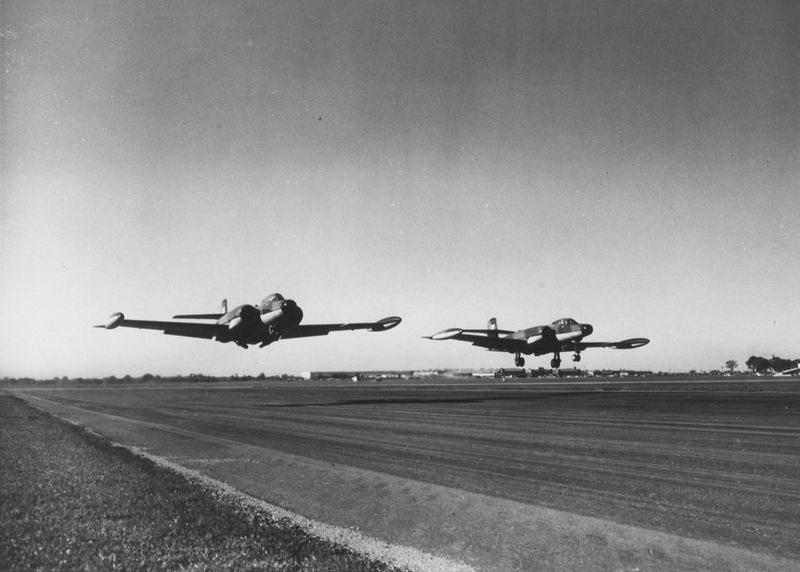
When the original design was improved upon, engineers focused on both strength and speed. Not only could the Avro Canada CF-105 Arrow reach heights above 50,000 feet, but it could fly at Mach 2 speeds or 1500 miles per hour.
Nine Prototypes
During this time, technology was nowhere near what it is today. They didn’t have computer simulation models to test their work. Instead, engineers had to create several prototypes of the models to be sure the aircraft functioned properly and was safe.
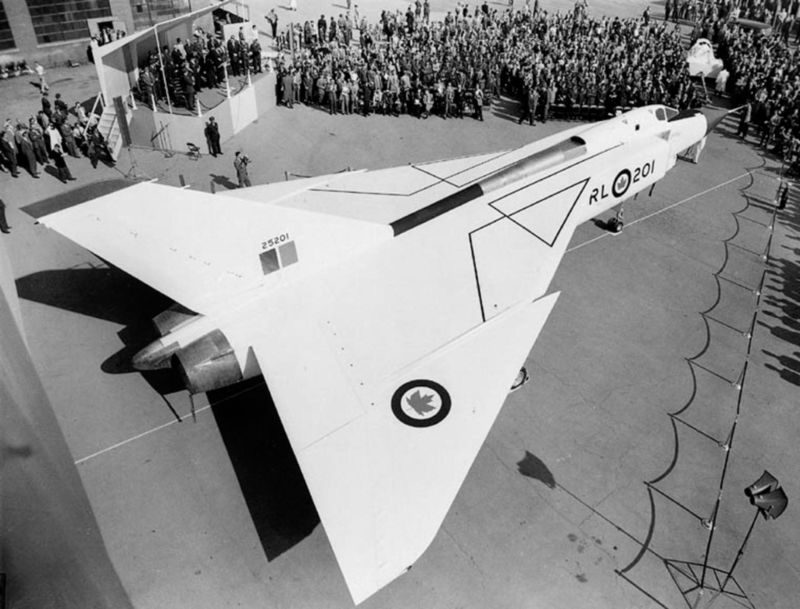
Between the years 1953 and 1957, nine prototypes of the Avro Arrow were generated. If they hadn’t taken these steps, it would have been impossible to foresee whether their improvements were successful. Each prototype was made with the proper specification, but they were scaled down in size to reduce costs.
Delta Wings
The Avro Arrow was named after its distinctive wing design, often referred to as delta wings. Today, delta wings are found on many small and medium-sized aircraft, but back it was an entirely new concept. Not only was it a more sleek design, but it had a purpose as well.
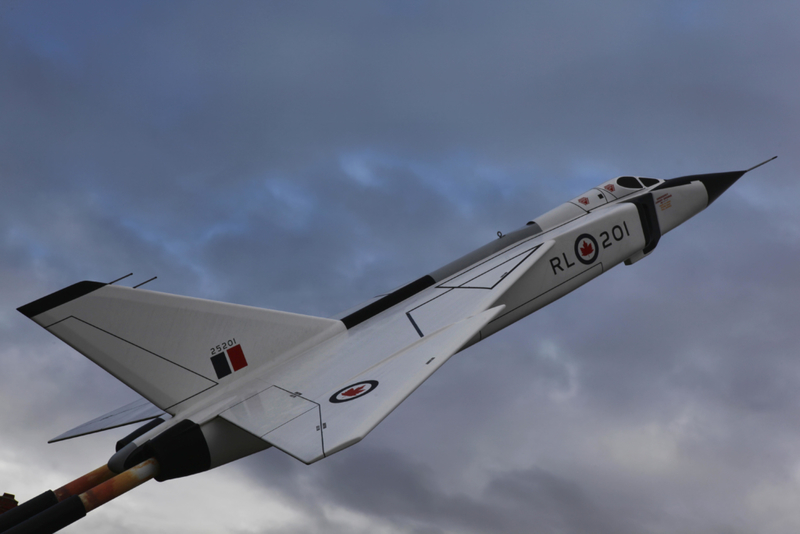
Aircraft engineers struggled for years to overcome the sound barrier. The production of the Avro Arrow led to the discovery of how to do this using the proper wing shape. Delta wings are unique as the wingspan reduces drag, allowing the plane to fly faster than the speed of sound.
The Prototypes
The delta wings were tested using the nine Avro Arrow prototypes. At just 10 feet long, each model had a wingspan of 6.5 feet. While they appeared the same as what would later become the Avro Arrow, they weren’t a replica as they ran on solid fuel.
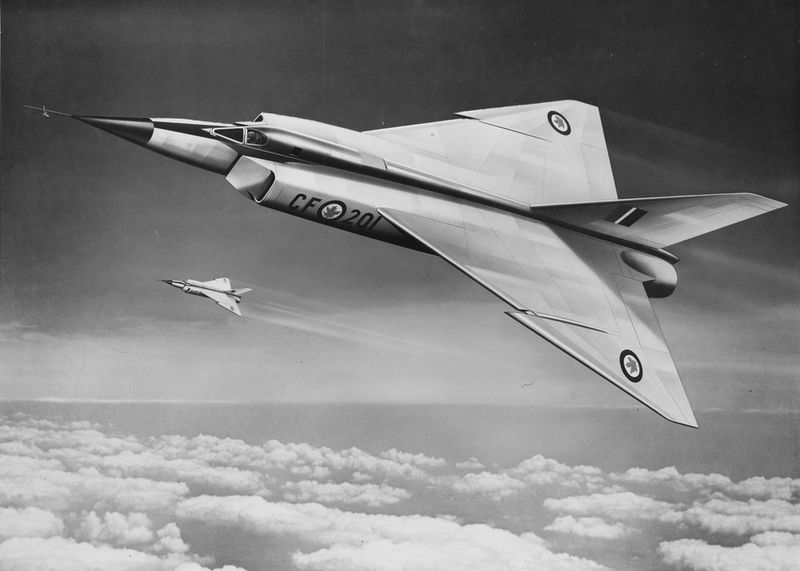
Launched from Point Petre in Ontario, the prototypes needed an extra boost to get off the ground. They were mounted on rocket boosters to test better the stability and the drag of the new delta wings.
Testing Was a Success
The nine mini Avro Arrows used for testing could genuinely pack a punch. They reached Mach 1.7 speeds before landing in the lake, yet offered the engineers everything they needed to know to perfect the aircraft. Fortunately, only a few improvements needed to be done.
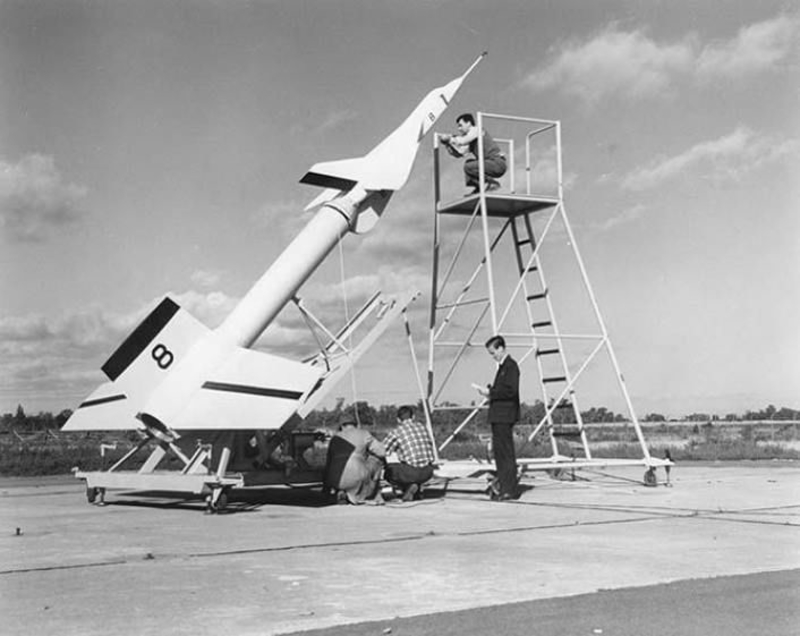
They drooped the wings, altered the camber, and added a dogtooth, all features that high-speed aircrafts still have today. Additionally, they applied information from a newly-published area rule principle that suggested things like a sharper nose and a tail cone would improve the design.
Sputnik Stole The Show
In October of 1957, the Avro Canada CF-105 Arrow finally made its debut. As expected, it was an occasion that attracted 13,000 spectators as it marked a significant moment in history for Canadian defenses. Marked the RL-201, the debut of the new plane was overshadowed by the Soviets.
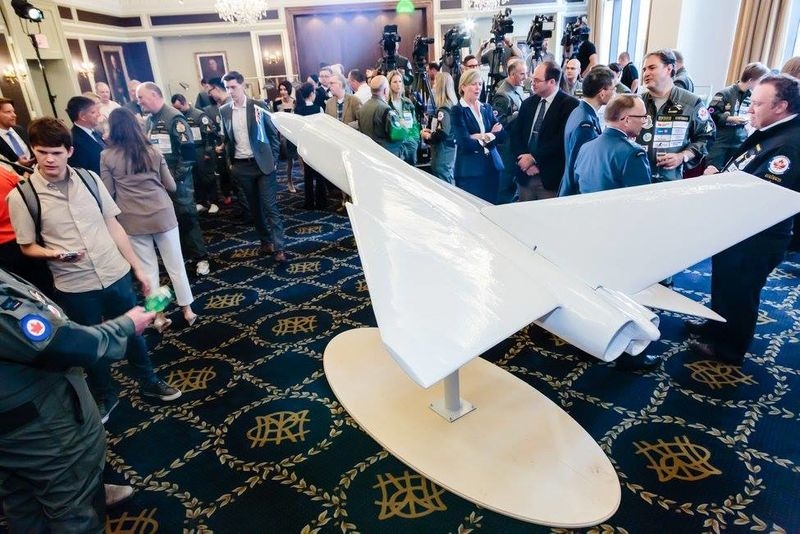
Before the Avro Canada CF-105 Arrow even had a chance to take off, the Soviet Union stole the show. They launched Sputnik, the world’s first artificial Earth satellite. Suddenly no one was interested in Canada’s new airplane.
A Threat From Above
Even though the Avro Canada CF-105 Arrow was well designed and truly innovative for the times, it was overshadowed by what the Soviets had come up with. Despite how useful the creation of the delta wings would become, Sputnik forced the Western World to change their priorities.
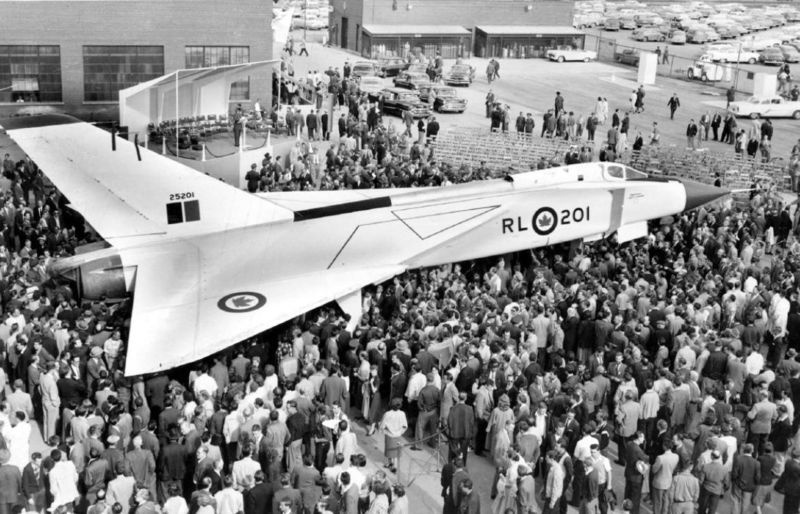
The artificial satellite not only acted as a threat from above, but it also created the illusion that the Soviet Union was more technologically advanced than they actually were. Ultimately, Canadians knew they couldn’t afford to defend themselves from threats coming from the land and space.
The Arrow Program Gets Canceled
When it came down to it, the Canadian government had to make a tough decision. They couldn’t afford to fund more than one defensive system, and ultimately the Arrow program was canceled in 1959.
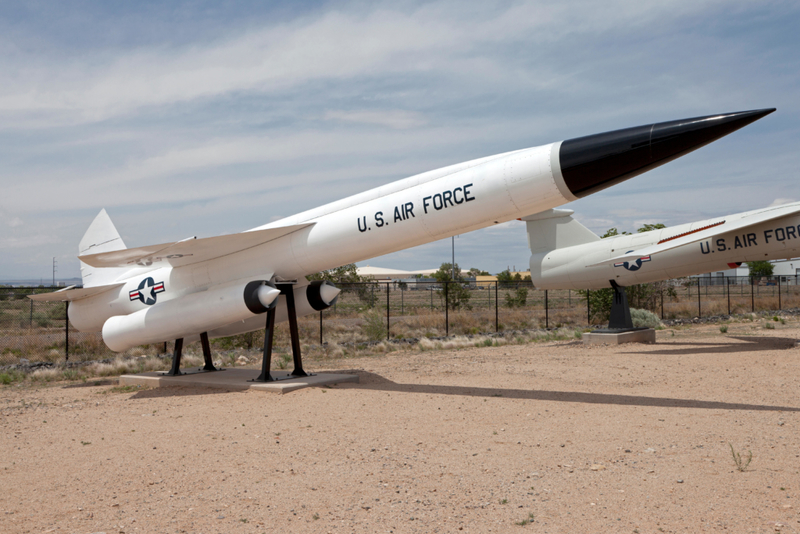
In its place, the Bomarc system was created. The program funded the creation of a long-range supersonic missile that would be able to fight off the threats presented by the Soviet’s artificial satellite. The program ultimately led to the creation of the Boeing CIM-10 Bomarc.
Getting Rid Of The Evidence
When the Arrow program was canceled, more than 50 thousand people lost their jobs. The Canadian Mounted Police had suspicions that a Soviet spy was among these former employees, had all evidence of the Avro Arrow destroyed.
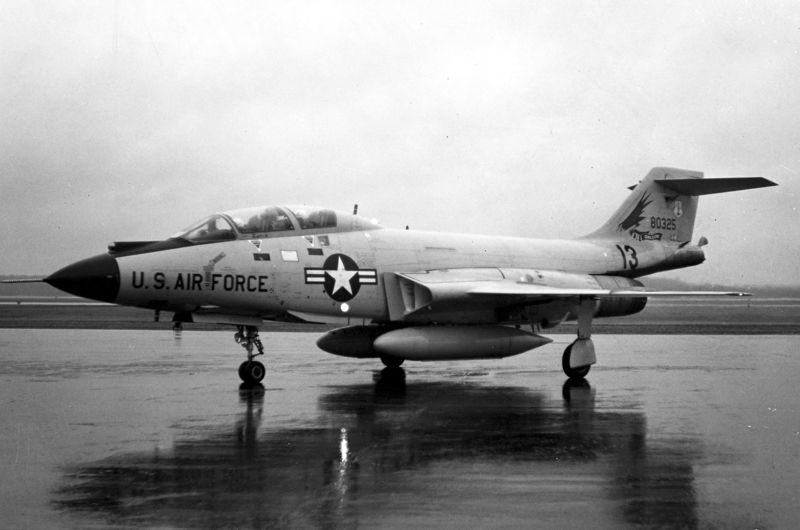
This meant all planes, blueprints, data, and parts disappeared practically overnight. However, they completely forgot about the nine prototypes sitting at the bottom of Lake Ontario.
The Only Pieces Left
Senior Engineer, David Shea, worked for Kraken Sonar, one of the companies that helped to fund the “Raise The Arrow” expedition. He explained to the National Post why the prototypes at the bottom of the lake were so important.
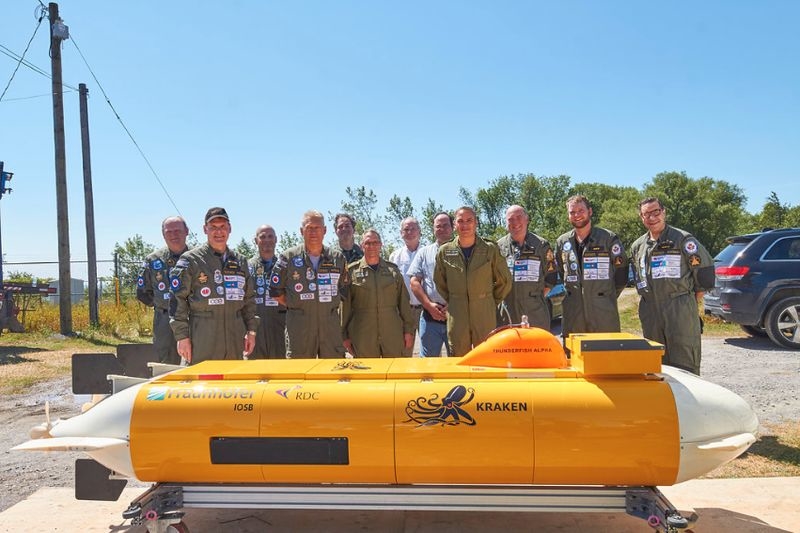
“The government destroyed all the drawings, models and burned everything, so it wasn’t replicated. These models, at the bottom of Lake Ontario, are the only intact pieces of that whole program.”
The Holy Grail
In addition to funding, Kraken Sonar also provided the explorers with the ThunderFish, which was able to take photos of the bottom of the lake. Of the nine prototypes that made it into the water, though, which one had the team discovered? While it may not seem important, there was one prototype model that was superior to the others.

Another Kraken Sonar employee, Karl Kenny, explained saying, “Back in the 1950s, there was no computer modeling to see how they’d fly, so the designers had to use a physical model. Then, it went back to the engineers for fine-tuning. The ninth model is the Holy Grail. They had it perfected.”
A Piece Of Lost Canadian History
Osisko Mining was another company that helped the “Raise The Arrow” expedition get off the ground. The director, CEO, and president of the company, John Burzynski, was excited to get involved in the program and eager to see what was discovered.

“As professional explorers in the mining business, we initiated this program about a year ago with the idea of bringing back a piece of lost Canadian history to the Canadian public,” Burzynski explained in an interview.
A Needle In A Haystack
In another interview, Senior Engineer David Shea shared his thoughts with The Globe and Mail about what would lead to a successful expedition. “People ask, ‘Well, do you think you are going to find them?’ The problem isn’t the technology. The problem is making sure you are looking in the right place.”
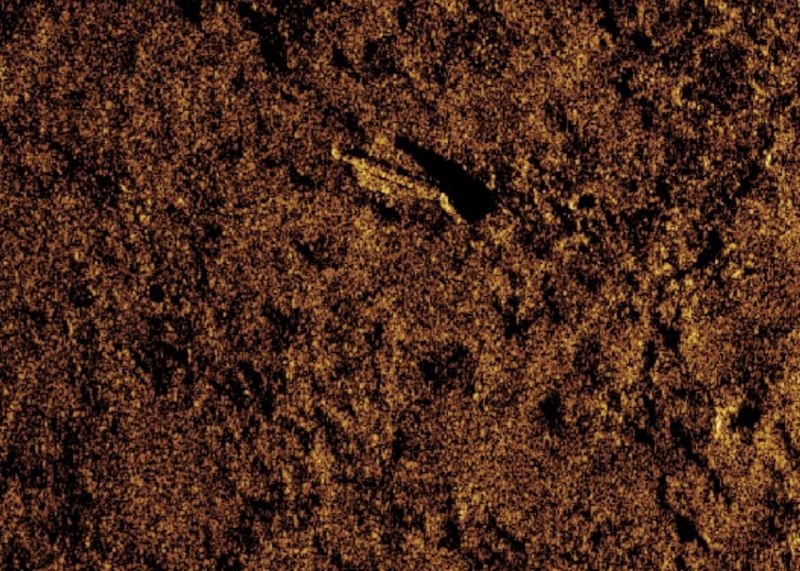
Considering Point Petre was the point where the Avro Arrow prototypes were launched from, it was thought to be the best place to start the search. And what do you know, they found what they were looking for!
An Eyewitness Account
One of the few remaining witnesses of the prototype launches, Jack Hurst, was eager to help the expedition team out. It may have been more than six decades, but fortunately, the launch was a memorable event.

He described the event, explaining how the models went a few thousand feet in the air. With Hurst’s directions, the team knew where to start.
A Confident Start
Based on Hurst’s eyewitness account, the expedition team was able to start the mission with confidence. After the team got the ThunderBird in the water, Burzynski told CBC TV, “We’re starting with the high-probability areas. You won’t have to wait for weeks and months. This will be within days.”
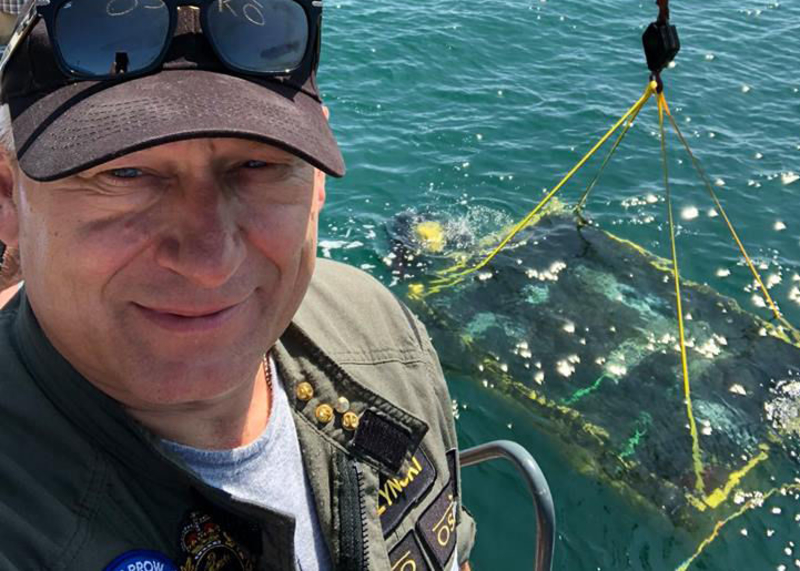
Even though Burzynski had told them it wouldn’t take long for something to be discovered, the media was still surprised by how quickly the team produced results. Burzynski knew the team was prepared, and his confidence paid off.
Twelve Days Later
Just twelve days later, Burzynski had good news to share with the public. “Well, we found one,” he eagerly revealed. At this time, it was late July. The “Raise The Arrow” exploration team had proof that the Avro Arrows remained at the bottom of Lake Ontario.
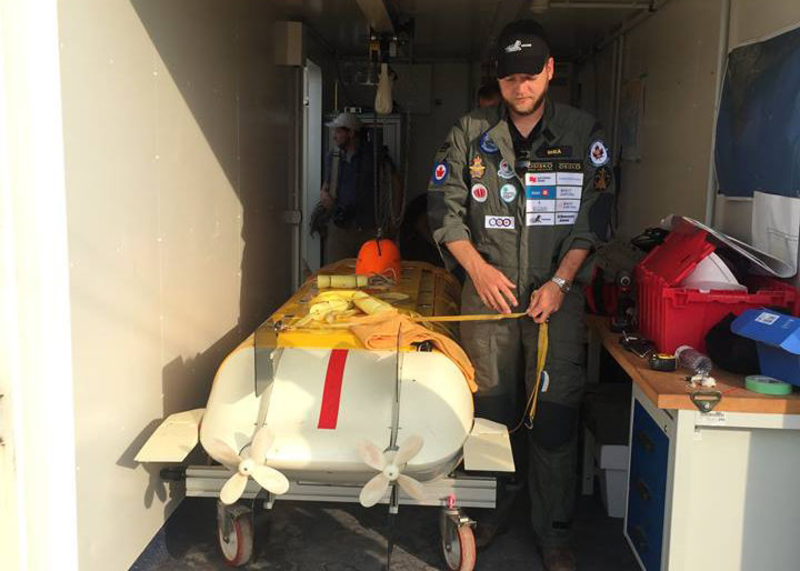
However, it would be months before the prototype they found would see the day of light. As the public patiently waited for the model to be brought to land, it remained in the murky waters. People couldn’t wait to see the artifacts, but they were kept waiting until 2018.
Amazing Canadians…
Canadians watched as history was made right in front of their eyes. The thought of bringing the Avro Arrows to the surface of the lake kept everyone on edge. David Shea was excited for the exploration team using new technology to achieve the mission. He expressed his feelings in an interview.
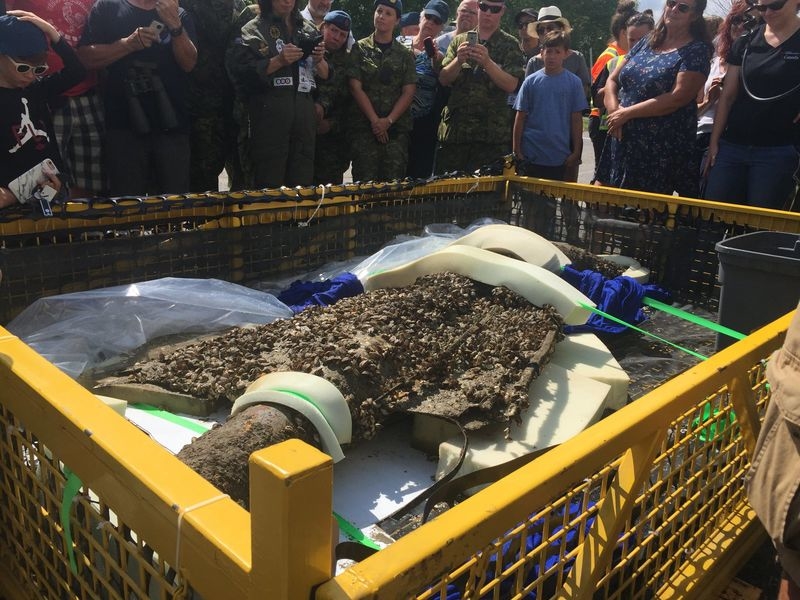
“I think being able to showcase using cutting-edge Canadian technology — being our sonar systems and underwater vehicles — to actually find and resurrect cutting edge Canadian technology… I think it’s an amazing example of what we can do as Canadians looking back at our history.”
The Missing Piece Of The Puzzle
There was a significant delay before the exploration team could show off their discovery, though. While they had found several Avro Arrow prototypes, they hadn’t found them all.
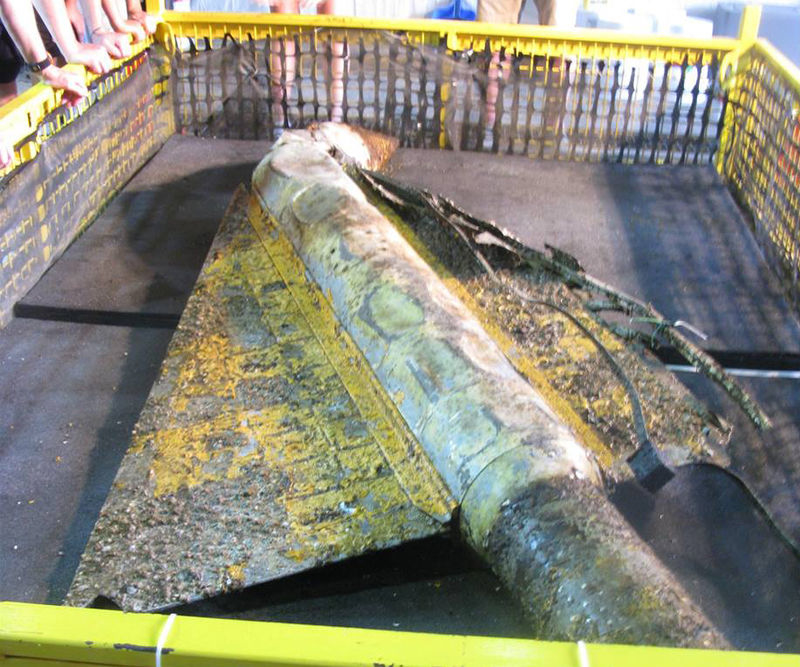
Of course, one of the prototypes they couldn’t find was the ninth one, and the model considered the Holy Grail. As the most advanced model made, the team felt their collection wouldn’t be complete until they found every last one. For this reason, the search continued.
Part Of Canadian History
Considering how delta wings are still used on most fighter jets today, each stage of development is a massive part of not just aviation history, but Canadian history as well. With all six full-sized aircrafts destroyed by the government to prevent any spies from stealing their work, these prototypes were all that was left.
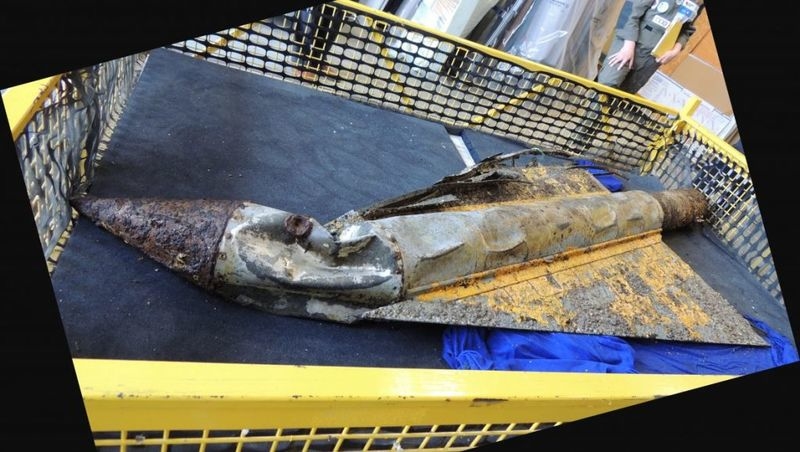
Erin Gregory of the Canada Aviation & Space Museum explained the importance of finding the final prototype saying, “The delta wing was a relatively new concept at that point, so it required a lot of testing to determine whether it would perform well, particularly at supersonic speeds.”
The First Prototype Is Recovered
It was finally time for the expedition team to celebrate. They had successfully recovered the first Avro Arrow prototype from the bottom of the lake. The news was announced on their Facebook page.
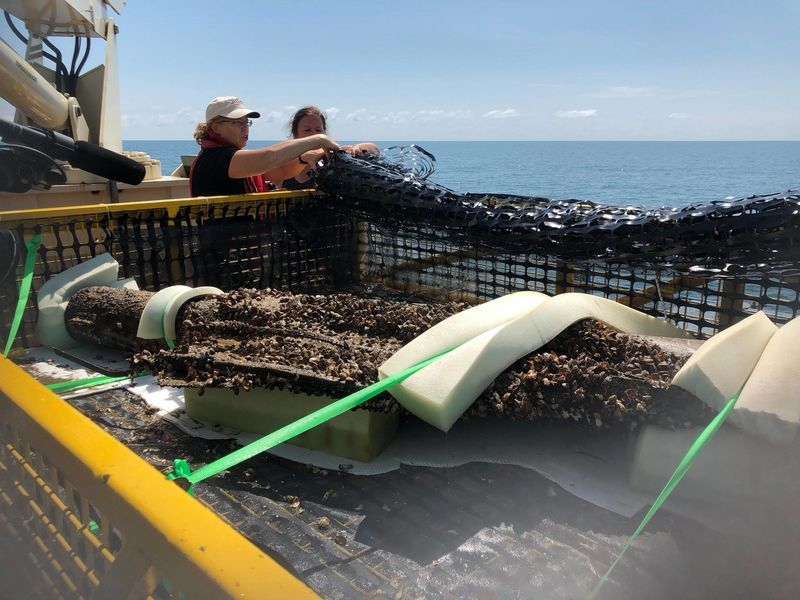
“We are pleased to announce that the first historical relic of the Avro Arrow free-flight program has been recovered.” They explained how it had been delivered back at CFB Trenton on August 13, 2018, after 64 years of resting on the bed of Lake Ontario.
Holding Onto Hope
Despite this good news, the rest of the Avro Arrow prototypes still hadn’t been found. All those involved in the expedition, including Osisko Mining, Kraken Sonar, OEX Recovery Group Incorporated, and the Canadian public, continue to hold onto hope that they will one day be found.

The ninth prototype, the Holy Grail, may still be just a dream, but no one is giving up. “Raise The Arrow” won’t stop their search until the last airplane model is found in the waters of Lake Ontario.
Littered With Treasure
Even though only one Avro Arrow model has been discovered, the expedition team continues to search for them regularly. Burzynski has explained in the past that the bottom of Lake Ontario is full of treasures, many of which can be confused for the prototypes.
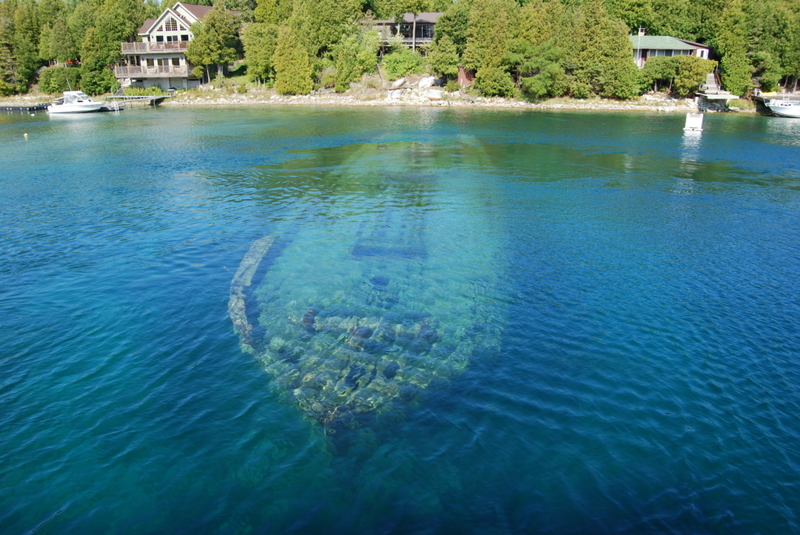
Often covered in muscles and other gunk, it’s challenging to decipher precisely what most objects are before they’re taken out of the waters. For this reason, the expedition team will often pull out other treasures, however not quite as valuable as what they’re looking for.
An Artillery Range
Starting in the year 1938, Point Petre served as an artillery range. It continued to serve this purpose once the Royal Canadian School of Artillery was formed in the area. Additionally, Point Petre was used for testing missiles like “Sparrow” and “Velvet Glove” through the 1950s.
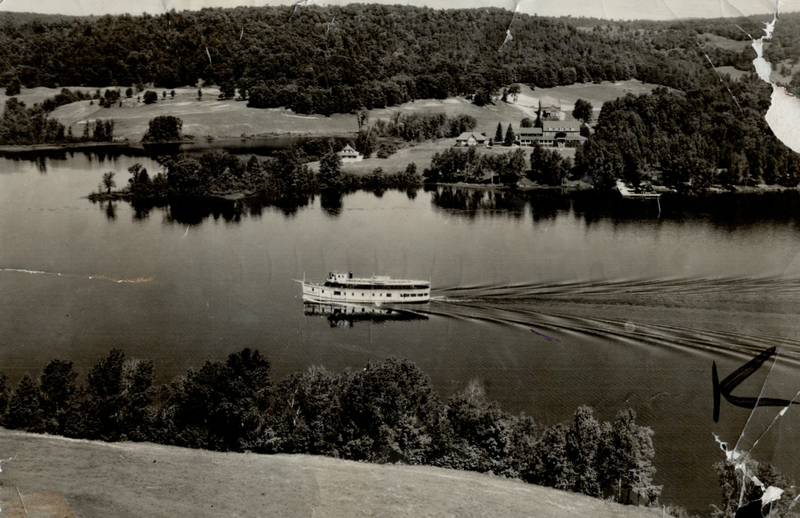
This was in addition to the testing of the Avro Arrow prototypes, so you can only imagine what the expedition team has found in Lake Ontario. With so many foreign objects in the lake, finding the airplane models has proven to be more complicated than they first thought.
The Process Of Identification
Over the years, the “Raise The Arrow” team has identified at least 200 objects that were potential targets. Burzynski explained the identification process saying, “… the only way we can tell [for sure what they are] is to get divers on them.”
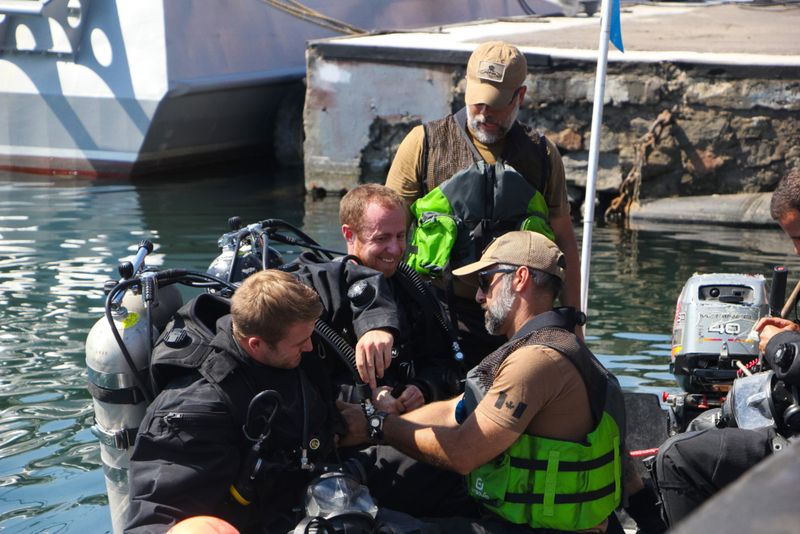
The team has received help from the Royal Canadian Navy’s Fleet Diving Unit to determine if the items they’re targeting are the Avro Arrow prototypes or something else. They look closely at the targets, determine what they are, and help prepare the artifact to be brought to land.
Preparing The Prototype For Excavation
The discovered prototype was identified using a similar process. After the divers identified the target as an Avro Arrow model, they brought in archaeologist Scarlett Janusas. To ensure the aircraft wasn’t damaged during excavation, it was prepared underwater by putting plastic tubing and a layer of coroplast sheets beneath it.
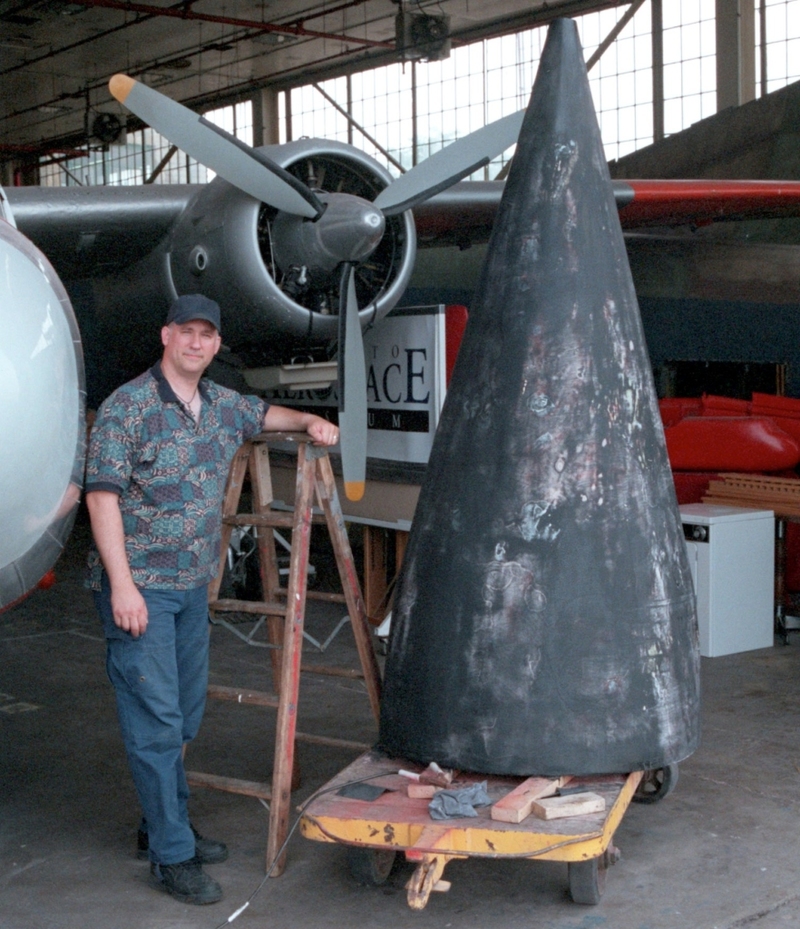
Under Janusas’ supervision, the model was slowly and carefully moved inch by inch until it was fully loaded into a specially designed crib. It was preserved in the cradle by a cover, and then further protected with a special foam designed to keep it stable. “The preloading of the artifact and the lift to the surface could not have been more textbook,” admitted Janusas.
Drying It Off
The prototype model couldn’t just be taken out of the water and aired out. It would first have to be thoroughly assessed and go through rigorous testing. Senior conservation scientist from the CCI Nancy Binnie explains, “We need to keep the artifact wet until we can do a controlled ‘dry’ and have full condition assessment.”
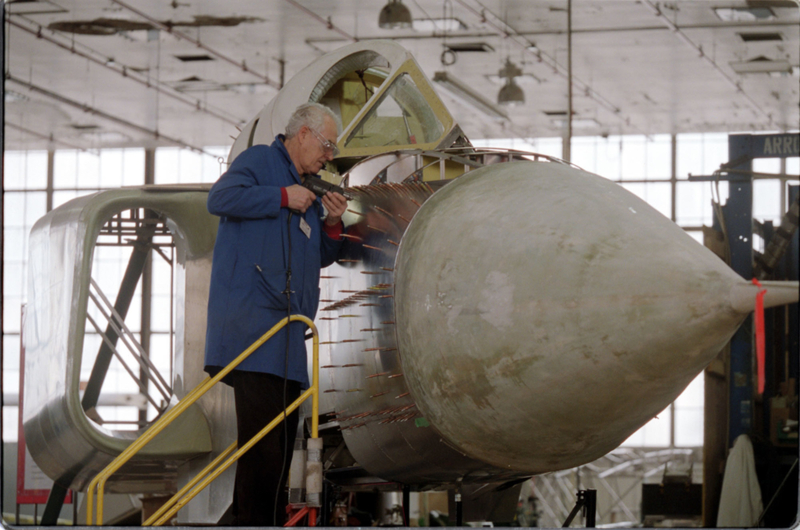
Many tests and water samples were taken from the vicinity of the aircraft to test them for salinity. If salt had been found in the water, the artifact would have had to be desalinated before it could adequately dry.
Restoring The Prototype
Once the prototype was removed from the water and dried out, it was carefully restored. Conservation expert Nancy Binnie described how they first removed the mussels from the aircraft’s exterior. It was done gently, eliminating them one-by-one using a scalpel.
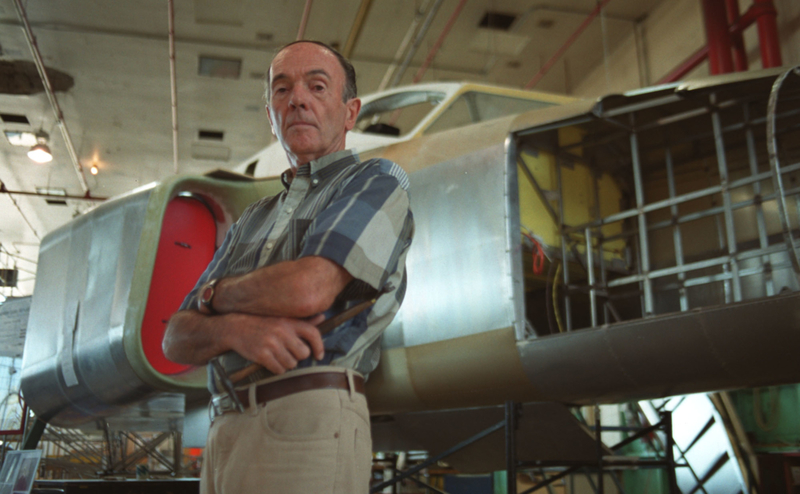
Afterward, the surface of the prototype was sanded down with finely shaved dry ice. It was done carefully and precisely to preserve as much of the original color and details as possible.
Preserving History
After the Avro Arrow was pulled from Lake Ontario, the next step was to find it a permanent home. The commanding officer of the Flying Personnel Medical Establishment, Wing Commander Roy Stubbs, recalls a conversation that led to the perfect solution.
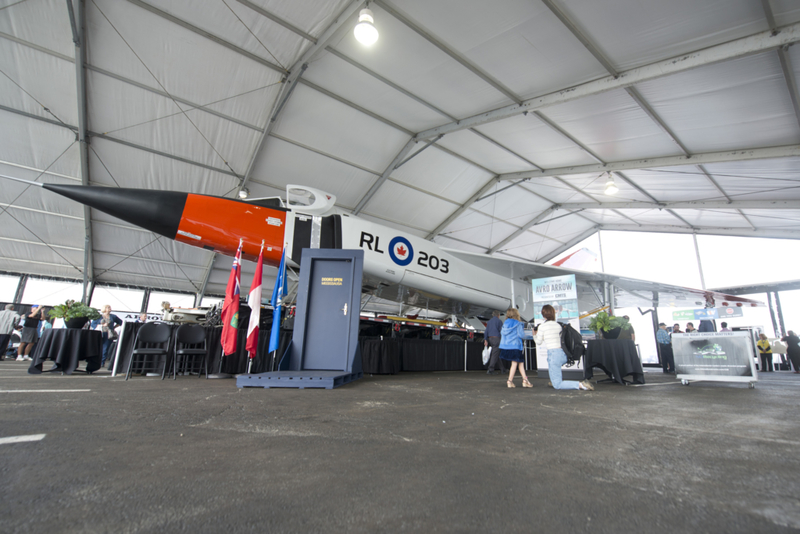
“One day after a change of government, the new RCAF Chief of the Air Staff came to inspect our facilities and programs, and after lunch, I asked if he would like to see something special. I showed him a piece of the Arrow, cockpit section, and engine nacelles and a few other bits. I asked him what we should do with it, and he said to keep it hidden until the climate in Ottawa was right, and then he would arrange to have it placed in the National Aeronautical Museum in Ottawa.”
Landing A Spot In A Museum
After it was restored, the Avro Arrow model found a home at the Canadian Aviation and Space Museum in Ottawa. Here, the Canadian Conservation Institute will oversee the conservation and restoration of all models that are discovered.
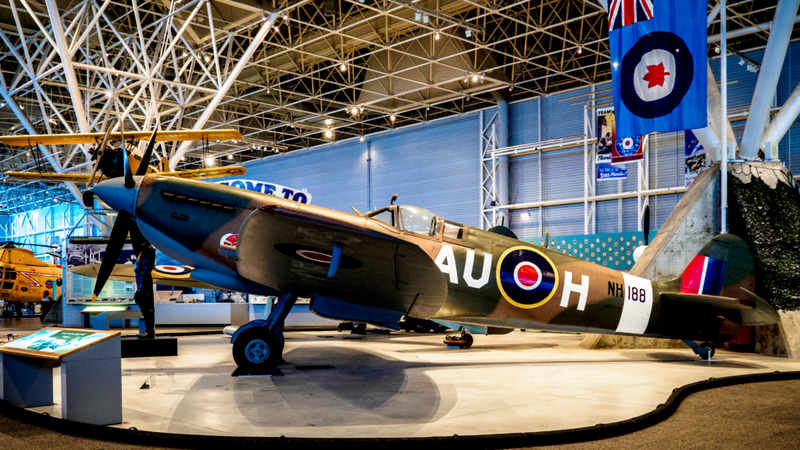
Since the first prototype was discovered, five more have been found at the bottom of the lake. Some can be seen on display around Canada, as they’re often lent out to museums. Others were lent to Canadian, United States, and British aeronautical agencies for research purposes.
Replicating The Arrow
In 1989, a Canadian man named Allan Jackson began building a full-scale replica of the Arrow. He was later approached by the producers of The Arrow, a miniseries that told the story of the Avro Arrow that first aired in 1996. When the model was almost ready, the producers made an offer to complete the construction if it could be used in the show.
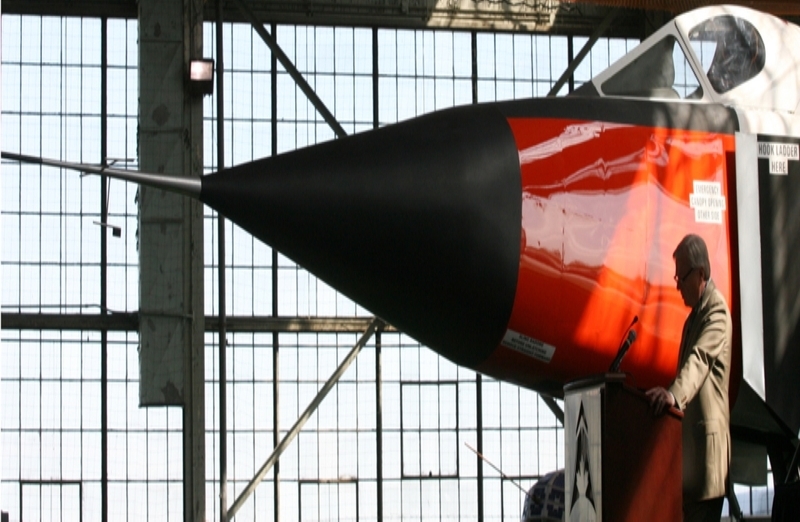
Ultimately, the replica was featured on the miniseries and went on to make several public appearances at air shows. Jackson’s replica was later donated to the Reynolds-Alberta Museum in his home town of Wetaskiwin, Alberta. However, a recent update stated, “While in a temporary outdoor collection, it was damaged in a wind storm in 2009. It has since been repaired, but is no longer on public display.”
A Recent Discovery
CBC News announced on January 6, 2020, that would come as a shock to all of those involved in the Avro Arrow expedition. As it turns out, all evidence of the Arrow project hadn’t been destroyed as everyone thought. A copy of the aircraft’s blueprints was discovered at the home of someone who worked on the project.

Even though an order had been made to get rid of all evidence, Senior Draftsman Ken Barnes chose not to obey. Instead, he took the blueprints home where they remained untouched for years.
The Mission Continues
Considered an essential part of Canada’s history, the recently discovered blueprints were put on display at the Diefenbaker Canada Centre at the University of Saskatchewan. As part of the “Touch the Sky: The Story of Avro Canada” exhibit, it could be seen there until April of 2020.

While more than half of the Avro Arrow prototypes have been found, the ninth one remains at the bottom of the lake. The “Raise The Arrow” exploration team is determined to see the rest of the models and continues to search the waters to this day.

The Real Reason People Panic-Buy

Alexander Graham Bell: Compressing The Planet Into Our Palms

This Can Explain Why You Want to Eat Even When You’re Not Hungry

Why You Should Add Stinging Nettle to Your Diet

Inside the Oyster: How Pearls Are Formed
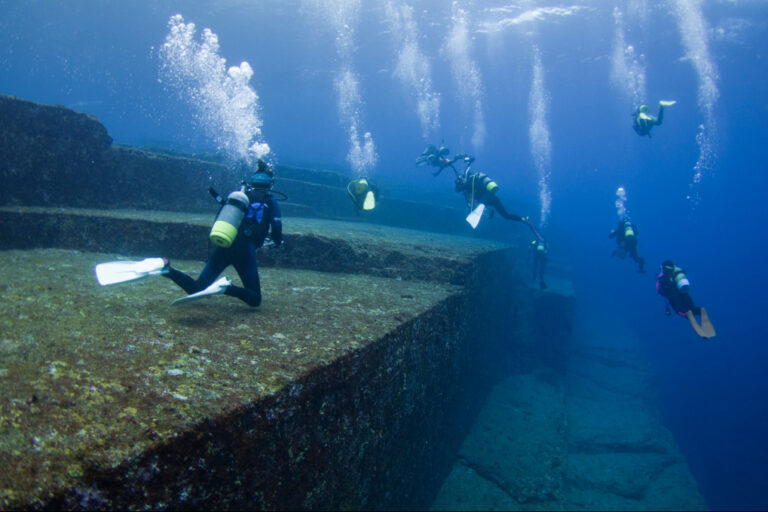
The Most Astonishing Underwater Discoveries

This Viral Challenge Has People Recreating Famous Paintings and the Results Are Spectacular

These Celebrity Doppelgängers Will Change Your Mind About Time Travel
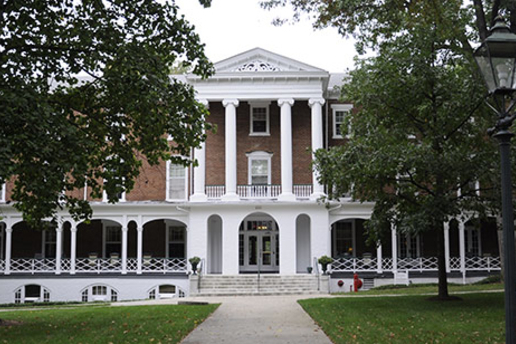
The Worst Schools in the U.S Part 2

Bet You Never Knew These Mega Stars’ Less Famous Siblings
















